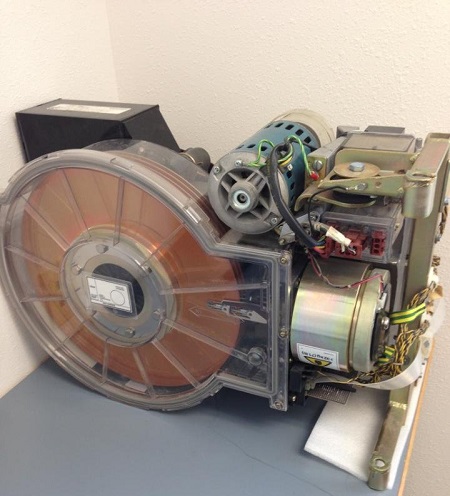How much downtime is acceptable ?

Many years ago, once a year, in a production factory that ran 24/7, everything would come to a halt for the Test. While the Test was in progress all orders were stopped, people hung around like they were waiting for the starting gun of a race.
Deep inside a locked room people would be busy dismantling and inserting a loan hard drive into the System 36 and then the big restore from 12 inch disks in magazines, 1st the monthly back up, then the weekly back up, then the daily back up. After many hours and copious cups of coffee and boxes of biscuits, the system would be sent live to see whether everything had worked successfully. The downtime was costly, and that was thankfully without any live customers trying to connect online to see the status of their order.
Fast forward to just a few years ago, and replication was the in thing. Some companies built whole triplicates of their server rooms, with a duplicate site only a few miles away, ready for raiding for parts, and another site a few hundred miles away ready for major disasters. Testing the fail-overs resulted in many issues of lost orders, lost data as people didn’t realise they were entering data onto the temporary fail-over test systems.
Fast forward to a few of years ago, Enterprise companies were migrating to the cloud, aware of the cost, but knowing of the saving of having a system that would be always on and able to expand and reduce as the demand suited, backups are still required but testing of those can be done in a separate cloud area without disrupting the main business.
Fast forward to today, and the costs have lowered, and now every business Small and Medium can enjoy the cloud benefits. Whether it is full in the cloud servers through Azure, or using Cloud services such as Office 365 and G-Suite.
What comes next is open to debate, but the server-less architecture looks to be a fair bet, which will see that server you built dynamically grow or shrink depending on how busy and how much work it is doing. So you won’t be paying for power you’re not using, and you will be saving the environment.
Stick with us and we’ll keep you up to date
#telanovaReporter
PS. Don't forget to try out our downtime cost calculator





